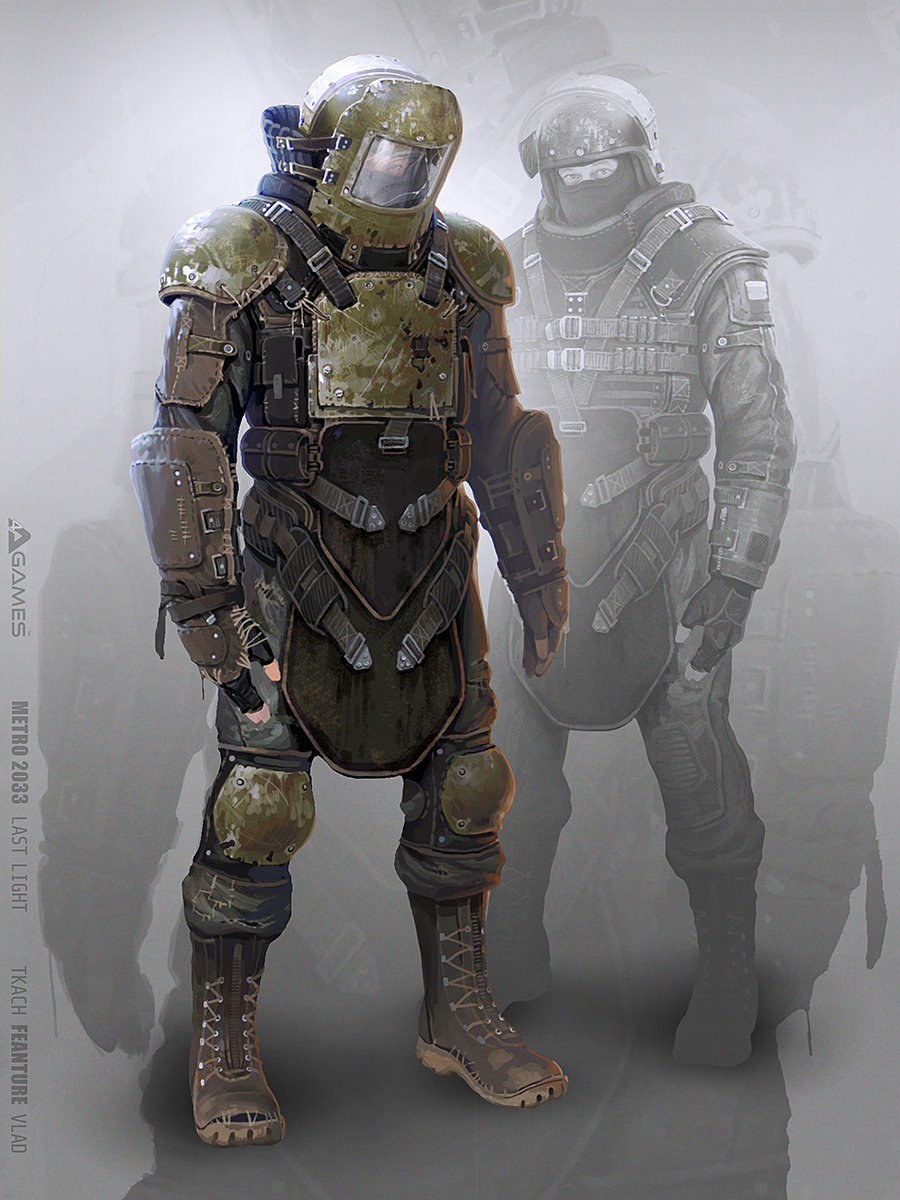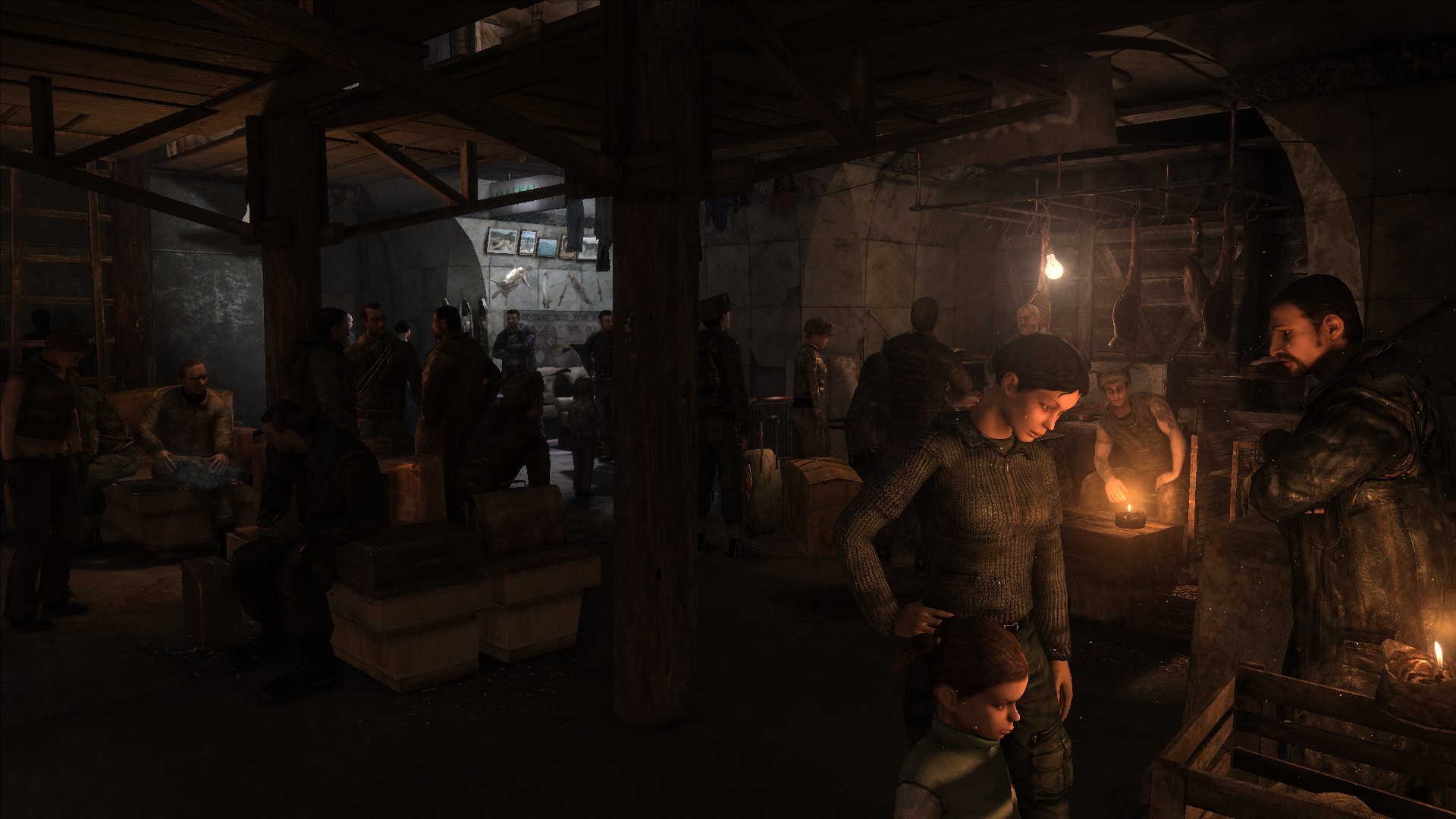
As a game designer you have a lot of tools at your disposal, and color can often be a subtle (or not-so-subtle) clue that a player’s circumstances have changed. It’s important for your players to know when they’re safe in a game and when danger is imminent. “Splinter Cell: Conviction” using color to visually differentiate between combat and stealth.
Metro 2033 redux bullet locations Pc#
See Also 11 Games Like Armello for PC - Ranking & similars adventure tactics board game atlas 12 Games Like Bingo Clash - Ranking & similars

This puts key objects in sharp focus, drawing the player’s attention more strongly than a lower-contrast color palette. You could take your cue from Super Hot! and only place the most important objects in a high-contrast color, leaving everything else utterly desaturated. Using colors with a high amount of visual contrast draws attention to certain directions or items. The most common use of color in video games is for wayfinding. All of this is part of the decision-making process. Thinking in this way can help you decide how high contrast you want your colors to be, what mood you want to evoke with them, and what you’re trying to convey to your players. When choosing your color palette, consider what purpose you want the colors to fulfill. Just like your game probably doesn’t conform to only one genre, you should mix and match color palettes to get the right feeling. Something to keep in mind is that these are just generalities and that some of the most interesting color palettes come from breaking these conventions. When paired with another color theme it can be extra striking and engaging. Cool Tones:Ĭolor use as minimalism, both of these aesthetic styles focus on a very restricted use of color for dramatic effect. Warm palettes can be associated both with warmth and comfort as well as aggression, so depending on how you use them they can signal that it’s safe or that it’s time to go to war. The colors you think of when you imagine the fall and a sunset. Left: “Firewatch,” Right: “Team Fortress 2” Which color scheme is right for your game really depends on what kind of experience you’re making and the story you’re trying to tell. Your game’s color scheme is a great way to set the tone and ambiance of the world your players will interact with.

Orange: Joy and enthusiasm as well as frustration or freshness.Red: Strong emotions like love, lust, anger, as well as warmth.Being aware of this allows you to use colors to your advantage or to subvert your player’s biases entirely in new and creative ways. Much of modern color theory comes from historical context and deep cultural significance. The study of colors and how they are perceived goes back a very long time. Whether you intend it or not, the colors you choose have meaning and that meaning changes with context. When used properly, color sets the tone of a game, tells you where you are, and where you need to go.īut knowing where to start when creating a color palette can be difficult, so let’s break it down and go through this step by step.

It can also be used to give subtle clues about the characters and their world. Colors can be engaging, helping to direct your players to whatever you think is most important. Color is one of the most powerful tools you have when you’re designing a game.


 0 kommentar(er)
0 kommentar(er)
